- Austausch & Vernetzung
- Wissen & Lernen
- Advocacy
- Unsere Themen
Von Linda B Jackson
Since 2019 the Association for Community Empowerment Solutions (ACESWorld) has worked with more than 1100 adolescent girls in rural Colombia, Ghana, Kenya, and Uganda to understand better the barriers to their education, health, and well-being. Although reliable access to sanitary pads and reproductive health education is often insufficient to improve health and education outcomes, our analysis suggests that access to sanitary pads and reproductive health education within more comprehensive programming can positively affect girls’ education and health outcomes. Based on our analyses, ACESWorld developed the Activities, Skills, and Knowledge for Girls program, a unified approach to reproductive health, life skills, and human rights education to empower adolescent girls to lead whole and healthy lives via evidence-based educational programming. We understand that education is crucial if girls develop the adaptive skills necessary to transform social and economic structures, improve health and education outcomes and act as change agents.
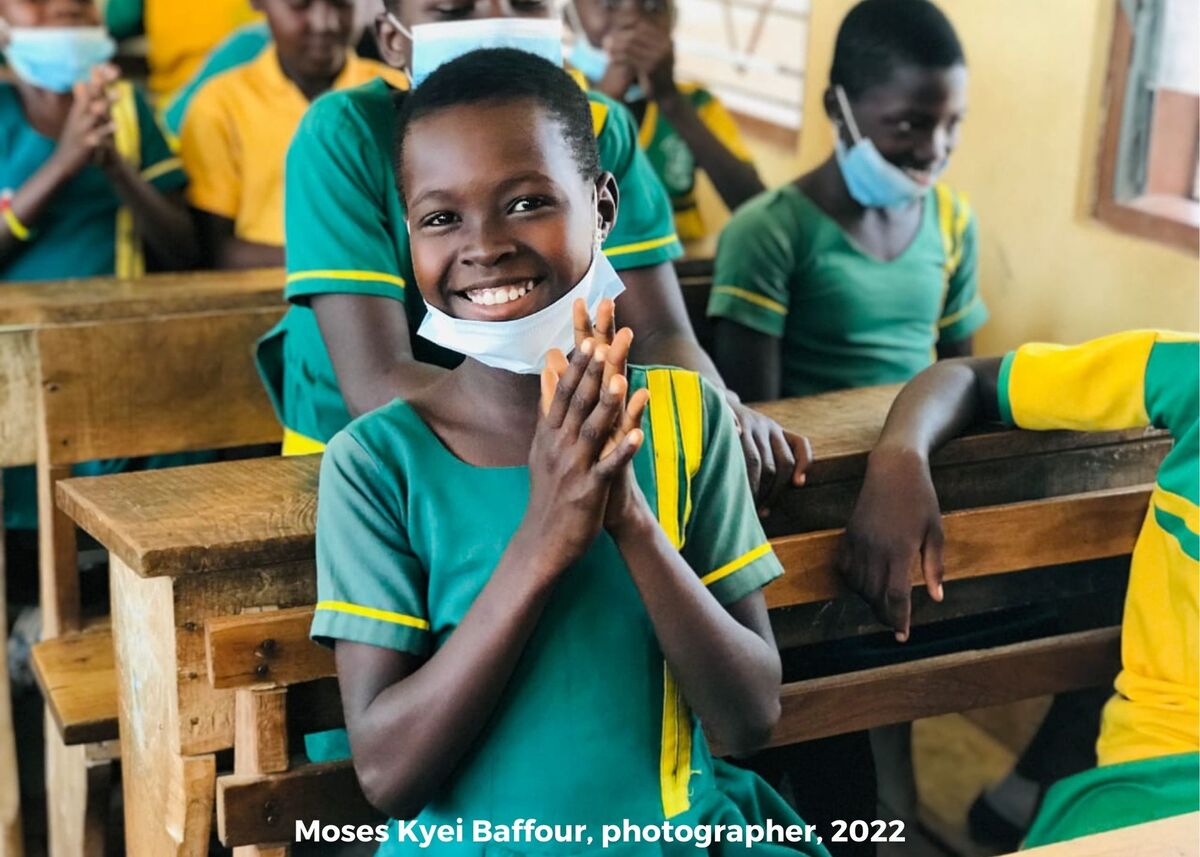
Gender equality is a precursor for development. When girls are healthy and educated, societies benefit from economic growth, poverty reduction, improvements in children’s health, and improving outcomes for the next generation. (Bazerkovska-Sander, 2022)
Violations of adolescent girls’ sexual and reproductive rights, including sexual coercion, violence, early pregnancy, and child marriage, are barriers to girls’ health and wellbeing. One of the best ways to reduce child marriage, a human rights violation, and its health consequences is keeping girls in school. Risks associated with early marriage include depression, sexually transmitted infection, cervical cancer, malaria, obstetric fistulas, and maternal mortality. (Nawal M Nour, 2009)
Adolescent girls in ASK4Girls rural farm communities face many vulnerabilities, including systemic poverty, adverse social attitudes, lack of family and community support, and limited access to educational opportunities. Persisting gender discrimination and harmful gender norms mean adolescent girls living in poverty are often the most vulnerable to the least visible impacts of climate change. This includes disruptions to their education, increasing their time poverty, and increasing their early and forced child marriage risk.
ASK4Girls strategies include:
ASK4Girls Clubs were developed in response to the Pads4Learning and ASK4Girls surveys conducted in Colombia, Ghana, Kenya, and Uganda. Currently, 700 girls in rural Ghana in 13 primary and junior high schools and 200 girls in primary schools in Lamu County, Kenya, are part of the ASK4Girls program. Additional ASK4Girls Clubs are now forming in Malawi and Uganda. By the end of 2022, more than 3000 adolescent girls will be participating in the ASK4Girls program.
One of the best ways to reduce child marriage, a human rights violation, and its health consequences is keeping girls in school.
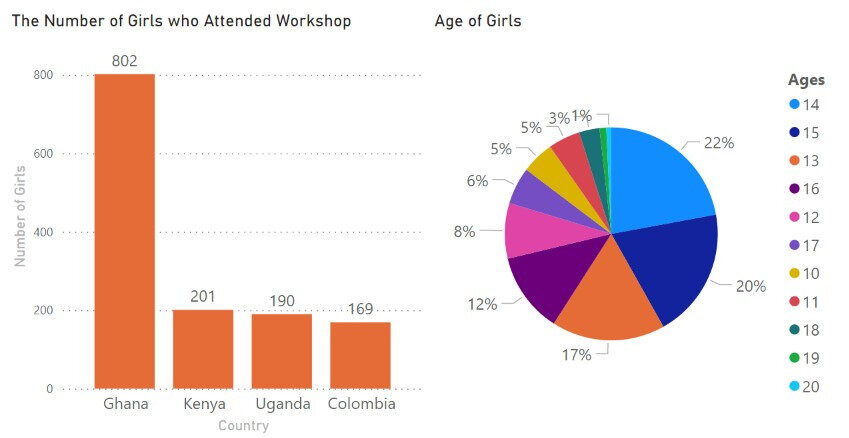
Colombia: Teenage births can have negative consequences for the mother and the baby. In Colombia, adolescent mothers between 10 and 19 years old have higher risks of eclampsia, puerperal endometritis, systemic infections, low birth weight, preterm delivery, and severe neonatal conditions. (World Health Organization, 2020)
Ghana: More than half of Ghanaian girls do not complete secondary school. Child marriages and adolescent pregnancies are a reality for one in five girls, and nearly four in ten will experience at least one act of sexual violence in their lifetimes. Today, reports of online child sexual exploitation and abuse (the vast majority of which relates to girls) are 17 times higher than they were just five years ago. (World Bank Group, 2019)
Kenya: Adolescent girls in rural Kenya are at high risk for early marriage, unintended pregnancy, early and unprotected sex, sexual assault, HIV, and other sexually transmitted infections. Limited income-earning opportunities and high illiteracy rates often contribute to gender-based violence and social isolation. Girls living in rural communities in Kenya often live in poverty at the family and community levels. 24% of girls in Kenya are married before the age of 18, but child marriage rates in Kenya vary across regions and among ethnic groups. The rate of child marriage in the Coast Province (including Lamu County) is 41%. (Population Council, 2020):
Uganda: More than half of all new HIV infections are contracted by adolescent girls. Uganda’s maternal Mortality Ratio (MMR) in 2020 was 336 deaths per 100,000 live births, and 17.2 percent of the deaths were among adolescent girls 15-19. (Girls not Brides, 2017) Many pregnant adolescents do not have access to adequate reproductive health. The COVID-19 pandemic has exacerbated the problems of adolescent girls. In approximately half the districts, teenage pregnancy has increased, in some communities, as much as 25%. More than 40% of girls in Uganda have given birth before they are 18. (Girls Not Brides Global Alliance, 2022)
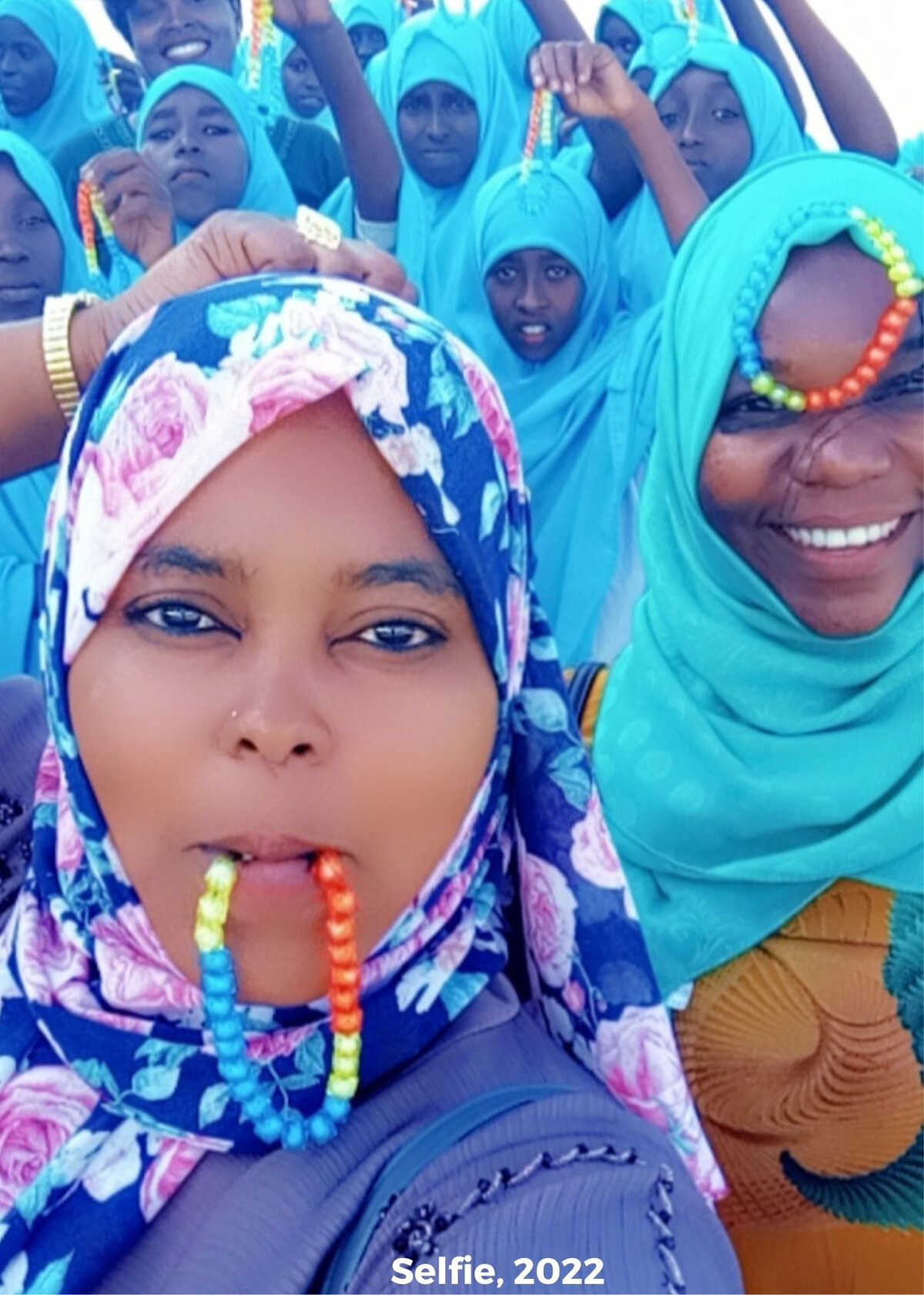
Social Support Networks are vital to helping girls overcome the many challenges and dangers they can’t control, including unsafe travel to and from school, gender inequalities, or trouble affording the things they need. This can have a negative impact on health and safety throughout life. Positive relationships at home and community support can help reduce the adverse effects of these challenges. Adolescent girls who have an adult to confide in are more likely to seek help to manage their challenges.(Office of Disease Prevention and Health Promotion, Office of the Assistant Secretary for Health, Office of the Secretary, U.S. Department of Health and Human Services, 2020)
ASK4Girls Outcomes:
Systemic Poverty is a significant cause of ill health and limits access to health care. Global climate change has reduced production and productivity for small-scale farmers and endangered livelihoods. (The World Bank, 2014) Adolescent girls often miss school when families cannot afford to supply girls with their basic needs, including nutritious food, sanitary pads, and educational materials. Traditional values, a lack of adequate knowledge of menstrual hygiene management, and access to contraception contribute to early pregnancy and marriage.
ASK4Girls Outcomes:
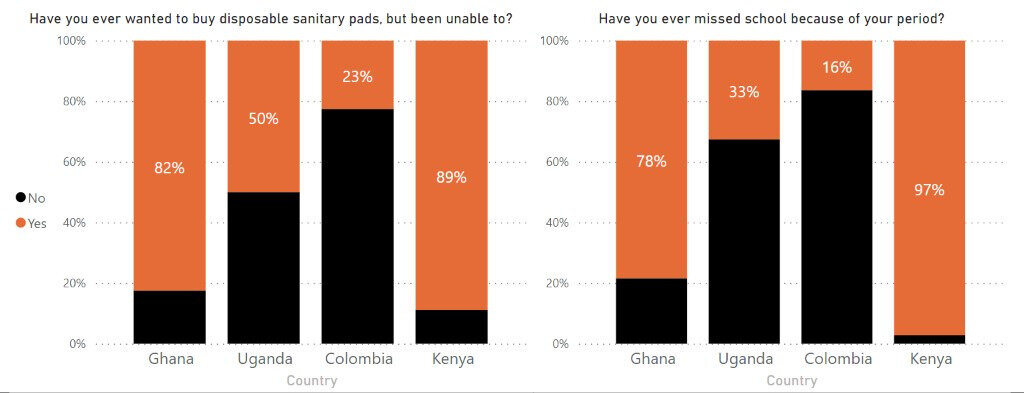
Education is an essential alterable social determinant of health. Women with higher levels of education are likely to be healthier, have healthier children, and live longer. Many studies have shown the benefits that education has for girls and women. Studies have linked education to the reduced child and maternal deaths, improved child health, and lower fertility. Women with some formal education are more likely to use contraception, marry later, and have fewer healthier children. (Population Resource Bureau, 2011)
ASK4Girls Outcomes:
Physical Environment, explicitly adapting to changing climate through a continuing process of assessing risks, identifying, and implementing adaptations locally, is key to increasing resiliency and improving outcomes for girls. Girls are vulnerable to climate disruptions, including exacerbating poverty, interruptions to their education, child marriage, and early pregnancy. Education positions girls as change agents to build community resilience to climate shocks, increase understanding of the anthropogenic drivers of climate change, and improve awareness of climate change, mitigation, and adaptation. (Kwauk, 2021)
ASK4Girls Outcomes:
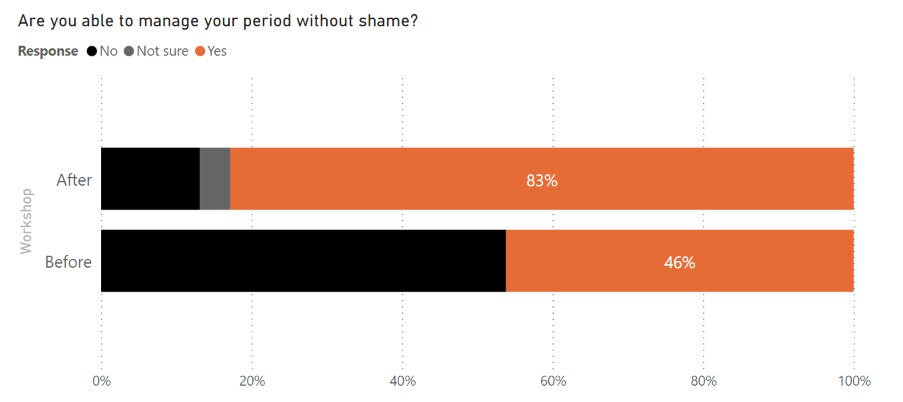
ASK4Girls programs not only work with girls, schools, and families, but we work with communities to ensure that girls have a support network in their community and among their peers to recognize and navigate threats to their well-being; girls develop the capacity to enjoy and advocate for their right to dignity, equality, and healthy lives. Girls at risk of child marriage benefit from improved educational and economic opportunities as an alternative to marriage. Girls are better able to avoid early pregnancy and refuse unwanted sex. Community, traditional and religious leaders increasingly support alternative roles for girls beyond marriage.
This research was partially supported by The Girls Opportunity Alliance Fund. I thank the following colleagues who provided insight and expertise that greatly assisted the research, although they may not agree with all of the interpretations/conclusions of this paper.
Association for Community Empowerment Solutions (ACESWorld)
Toto Center Initiative (ASK4Girls Club Partner)